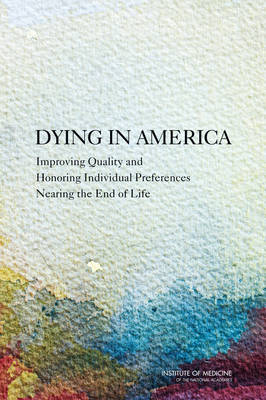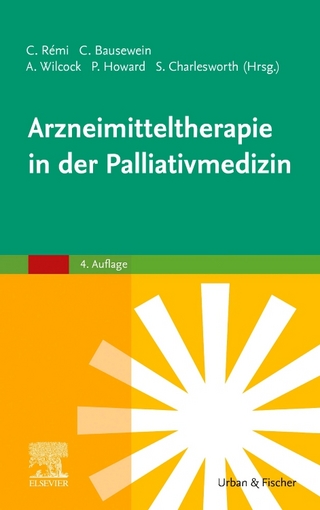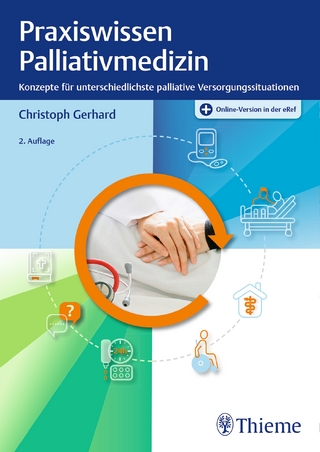
Dying in America
National Academies Press (Verlag)
978-0-309-30310-1 (ISBN)
Death is not a strictly medical event. Ideally, health care for those nearing the end of life harmonizes with social, psychological, and spiritual support. All people with advanced illnesses who may be approaching the end of life are entitled to access to high-quality, compassionate, evidence-based care, consistent with their wishes.
Dying in America evaluates strategies to integrate care into a person- and family-centered, team-based framework, and makes recommendations to create a system that coordinates care and supports and respects the choices of patients and their families. The findings and recommendations of this report will address the needs of patients and their families and assist policy makers, clinicians and their educational and credentialing bodies, leaders of health care delivery and financing organizations, researchers, public and private funders, religious and community leaders, advocates of better care, journalists, and the public to provide the best care possible for people nearing the end of life.
Table of Contents
Front Matter
Summary
1 Introduction
2 The Delivery of Person-Centered, Family-Oriented End-of-Life Care
3 Clinician-Patient Communication and Advance Care Planning
4 Professional Education and Development
5 Policies and Payment Systems to Support High-Quality End-of-Life Care
6 Public Education and Engagement
Glossary
Appendix A: Data Sources and Methods
Appendix B: Recommendations of the Institute of Medicine's Reports *Approaching Death* (1997) and *When Children Die* (2003): Progress and Significant Remaining Gaps
Appendix C: Summary of Written Public Testimony
Appendix D: Financing Care at the End of Life and the Implications of Potential Reforms
Appendix E: Epidemiology of Serious Illness and High Utilization of Health Care
Appendix F: Pediatric End-of-Life and Palliative Care: Epidemiology and Health Service Use
Appendix G: Committee Biographies
Index
1 Front Matter; 2 Summary; 3 1 Introduction; 4 2 The Delivery of Person-Centered, Family-Oriented End-of-Life Care; 5 3 Clinician-Patient Communication and Advance Care Planning; 6 4 Professional Education and Development; 7 5 Policies and Payment Systems to Support High-Quality End-of-Life Care; 8 6 Public Education and Engagement; 9 Glossary; 10 Appendix A: Data Sources and Methods; 11 Appendix B: Recommendations of the Institute of Medicine's Reports *Approaching Death* (1997) and *When Children Die* (2003): Progress and Significant Remaining Gaps; 12 Appendix C: Summary of Written Public Testimony; 13 Appendix D: Financing Care at the End of Life and the Implications of Potential Reforms; 14 Appendix E: Epidemiology of Serious Illness and High Utilization of Health Care; 15 Appendix F: Pediatric End-of-Life and Palliative Care: Epidemiology and Health Service Use; 16 Appendix G: Committee Biographies; 17 Index
| Erscheint lt. Verlag | 19.4.2015 |
|---|---|
| Verlagsort | Washington |
| Sprache | englisch |
| Maße | 152 x 229 mm |
| Themenwelt | Medizin / Pharmazie ► Gesundheitswesen |
| Medizin / Pharmazie ► Medizinische Fachgebiete ► Palliativmedizin | |
| Medizin / Pharmazie ► Pflege ► Palliativpflege / Sterbebegleitung | |
| ISBN-10 | 0-309-30310-9 / 0309303109 |
| ISBN-13 | 978-0-309-30310-1 / 9780309303101 |
| Zustand | Neuware |
| Haben Sie eine Frage zum Produkt? |
aus dem Bereich


